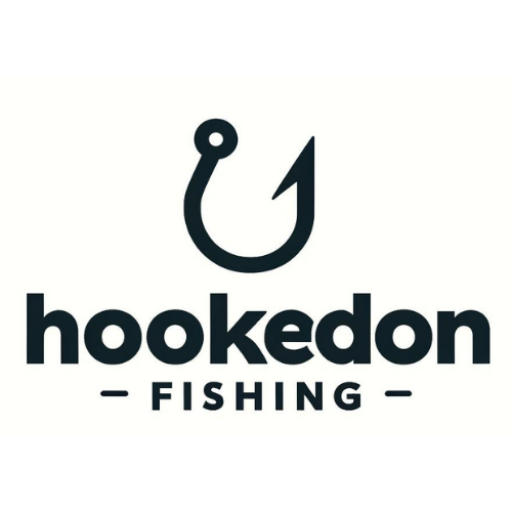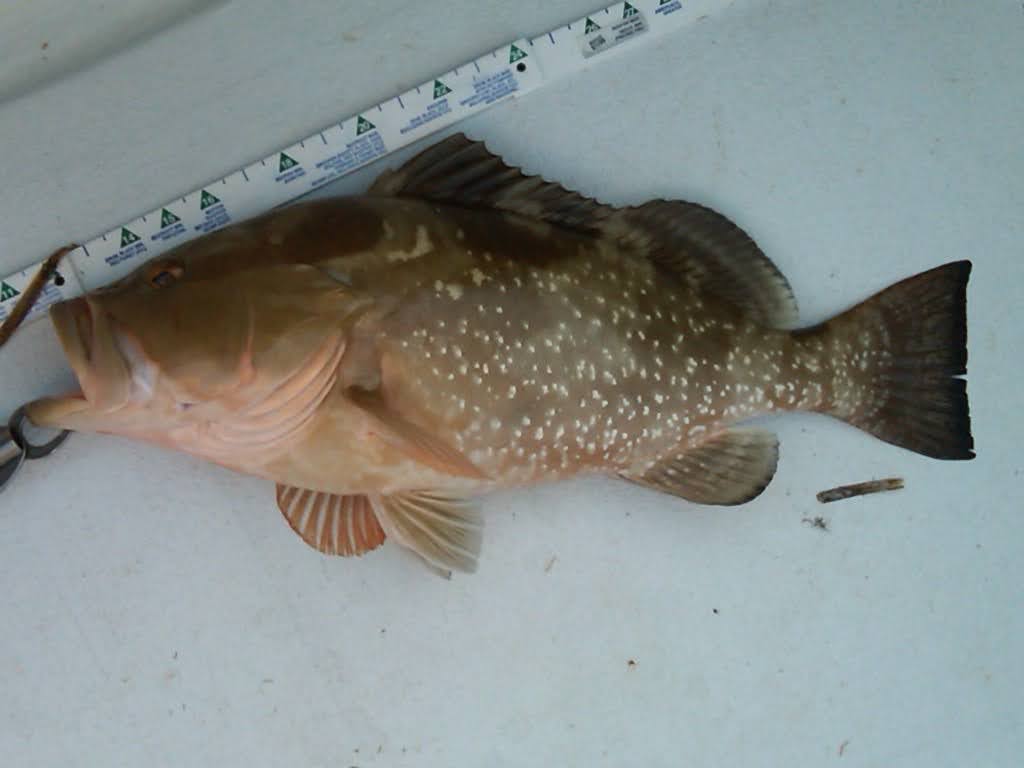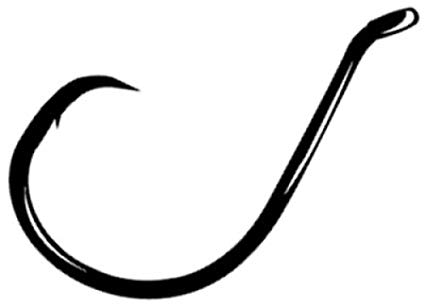Understanding Slot Limits and Where to Find Them
We’re diving into a topic that can make or break your fishing trip: slot limits.
If you’ve ever found yourself on the water, rod in hand, wondering if that beautiful fish you just caught is a keeper or not, then this post is for you.
We’ll explore why knowing the slot limits of your catch is crucial and where you can find this essential information.
So, grab your tackle box, and let’s get started.
What Are Slot Limits?
Before we dive into why slot limits are important, let’s make sure we’re all on the same page about what they actually are.
A slot limit is a tool used by fisheries managers to regulate the size of fish that can legally be harvested from particular bodies of water.
Wikipedia
Slot limits are regulations that specify a range of sizes for fish that can be legally kept.
Fish outside this range, either smaller or larger, must be released back into the water.
These regulations vary depending on the species and the body of water you’re fishing in.
For example, in Florida, the slot limit for redfish (red drum) typically ranges from 18 to 27 inches.
This means that any redfish you catch that is below 18 inches or above 27 inches must be released.
Why Are Slot Limits Important?
Conservation of Fish Populations
The primary reason for slot limits is conservation.
By regulating the sizes of fish that can be kept, fisheries management aims to ensure sustainable fish populations.
Slot limits protect both juvenile fish, which haven’t had a chance to reproduce, and larger, often more fertile fish, which play a crucial role in maintaining healthy populations.
By adhering to these regulations, anglers help support the long-term health and balance of our aquatic ecosystems.
Ensuring Quality Fishing Experiences
Slot limits contribute to better fishing experiences for everyone.
When fish populations are healthy and abundant, there’s a higher chance of hooking into that trophy fish or filling your cooler with legal catches.
Anglers who follow slot limits help maintain the balance, ensuring that future generations can enjoy the thrill of the catch.
Protecting Vulnerable Species
Certain species are more susceptible to overfishing, and slot limits can help protect these vulnerable populations.
By allowing only fish within a specific size range to be kept, regulators can ensure that the most critical segments of the population—breeding adults and young juveniles—are protected, giving these species a better chance to thrive.
Promoting Responsible Angling Practices
Understanding and adhering to slot limits promotes responsible angling.
It’s a way to show respect for the environment and the sport we love.
Responsible anglers are stewards of the waters they fish, committed to conservation and sustainability.
Avoiding Legal Trouble
Last but certainly not least, knowing and following slot limits helps you stay on the right side of the law.
Fishing regulations are enforced by wildlife and fisheries authorities, and violating these rules can result in hefty fines, confiscation of equipment, or even suspension of fishing licenses.
No one wants their day on the water to end with a citation!

Where to Find Slot Limit Information
Knowing why slot limits are essential is one thing, but finding the specific regulations for your fishing spot is another.
Here are some reliable sources where you can find up-to-date information on slot limits:
State Wildlife and Fisheries Websites
Each state in the U.S. has a dedicated wildlife or fisheries department that publishes fishing regulations, including slot limits.
For example, in Florida, the Florida Fish and Wildlife Conservation Commission (FWC) website is a treasure trove of information.
You can find species-specific regulations, maps of fishing zones, and even downloadable guides.
Fishing Apps
In this digital age, there’s an app for everything, and fishing is no exception.
Apps like Fish Rules, iAngler, and MyFishCount provide real-time updates on fishing regulations based on your location.
These apps often include features like digital logbooks, identification guides, and reporting tools for catch data.
Local Bait and Tackle Shops
Never underestimate the value of a chat with your local bait and tackle shop owner.
These folks are often seasoned anglers with a wealth of knowledge about local regulations and fishing conditions.
Plus, they can offer tips and advice that you won’t find online.
Fishing Charters and Guides
If you’re booking a fishing charter or hiring a guide, they will be well-versed in the local regulations, including slot limits.
Professional guides make it their business to know the rules and ensure their clients have a fun and legal fishing experience.
Fishing License Information
When you purchase a fishing license, you often receive a booklet or pamphlet outlining the current regulations.
Keep this handy and refer to it before heading out on your fishing trip.
Some states also provide digital versions of these guides, which can be easily accessed on your smartphone.
Online Forums and Social Media Groups
Online fishing communities are another great resource.
Forums like The Hull Truth, FishSniffer, and regional Facebook groups are filled with experienced anglers who are usually happy to share knowledge about slot limits and other regulations.
Just make sure to verify any information you get from these sources with an official one.
Practical Tips for Following Slot Limits
Now that you know where to find slot limit information, here are some practical tips to help you follow these regulations on your next fishing trip:
Measure Your Catch Accurately
Always have a reliable measuring device on hand.
A sturdy fish ruler or a tape measure with clearly marked increments is essential.
Measure from the tip of the snout to the tip of the tail to get an accurate length.

Just know that some fish need to be measured from the snout to the fork on the tail, its up to you to get it right. Ignorance of the law is not an excuse.
Handle Fish Carefully
If you catch a fish that is not within the slot limit, handle it carefully to ensure a safe release.
Wet your hands before touching the fish to protect its slime coat, avoid squeezing too hard, and use a dehooking tool to minimize injury.
Stay Informed
Regulations can change, so it’s important to stay informed.
Make it a habit to check for updates before each fishing trip.
Subscribing to newsletters or following your local wildlife agency on social media can help you stay current.
The Bigger Picture: Conservation and Sustainability
Understanding and following slot limits is just one aspect of being a responsible angler.
Conservation and sustainability go hand-in-hand with enjoying the sport of fishing.
Here are a few broader practices to keep in mind:
Respect Seasonal Closures
In addition to slot limits, many fisheries have seasonal closures to protect fish during critical times like spawning.
Make sure you’re aware of these closures and plan your fishing trips accordingly.
Use Ethical Fishing Gear
Using the right gear can make a big difference in conservation efforts.
Circle hooks, for example, are designed to reduce injury to fish and increase the chances of a successful release.
(image source: iOutdoor.com)
Minimize Your Impact
Always Practice Leave No Trace Principles
This means packing out all trash, avoiding damage to vegetation and wildlife, and minimizing your impact on the environment.
A clean and healthy ecosystem benefits everyone.
Support Conservation Programs
Consider supporting organizations and programs dedicated to fisheries conservation.
Whether through donations, volunteer work, or simply spreading the word, your efforts can contribute to the preservation of our aquatic resources.
Personal Anecdote: A Lesson in Slot Limits
I don’t like the idea of being an “expert,” but I have been fishing a lot more than I haven’t.
That said, I have had more than my fair share of close calls.
When fishing deep in the Everglades, I landed a decent snook.
It had been a while since I kept one for the cooler, so I decided I was going to do it.
When I measured the fish, it was just over the lower limit of the slot range.
I was stoked and was just about to toss him in the cooler.
Something clicked in my head and made me double-check the slot limits.
Good thing I did; the fish was 2 inches short of the lower limit!
That had the potential to be a big problem, personally and professionally.
That experience taught me a valuable lesson about the importance of slot limits and the bigger picture of conservation and knowing the laws.
Every fish we release today is a step toward ensuring that future generations can enjoy the same thrill of the catch.
Conclusion: Know Your Limits, Respect the Waters
As we wrap up this deep dive into the world of slot limits, I hope you feel more informed and are inspired to be a responsible angler.
Knowing and following slot limits is a simple yet powerful way to contribute to the health and sustainability of our fisheries.
It’s about more than just following the law—it’s about respecting the waters we fish in and the creatures that call them home.
Remember to measure your catch, stay informed, and spread the word with your fishing pals about the importance of slot limits.
Together, we can ensure that our favorite fishing spots remain vibrant and bountiful for years to come.
Tight lines and happy fishing!


